Clarinet Sour Notes Over, Triumphant Inventors Say

Parent Issue
Day
27
Month
October
Year
1950
Copyright
Copyright Protected
- Read more about Clarinet Sour Notes Over, Triumphant Inventors Say
- Log in or register to post comments
Woodwind 'Stradivarius' Carries On Trade Here
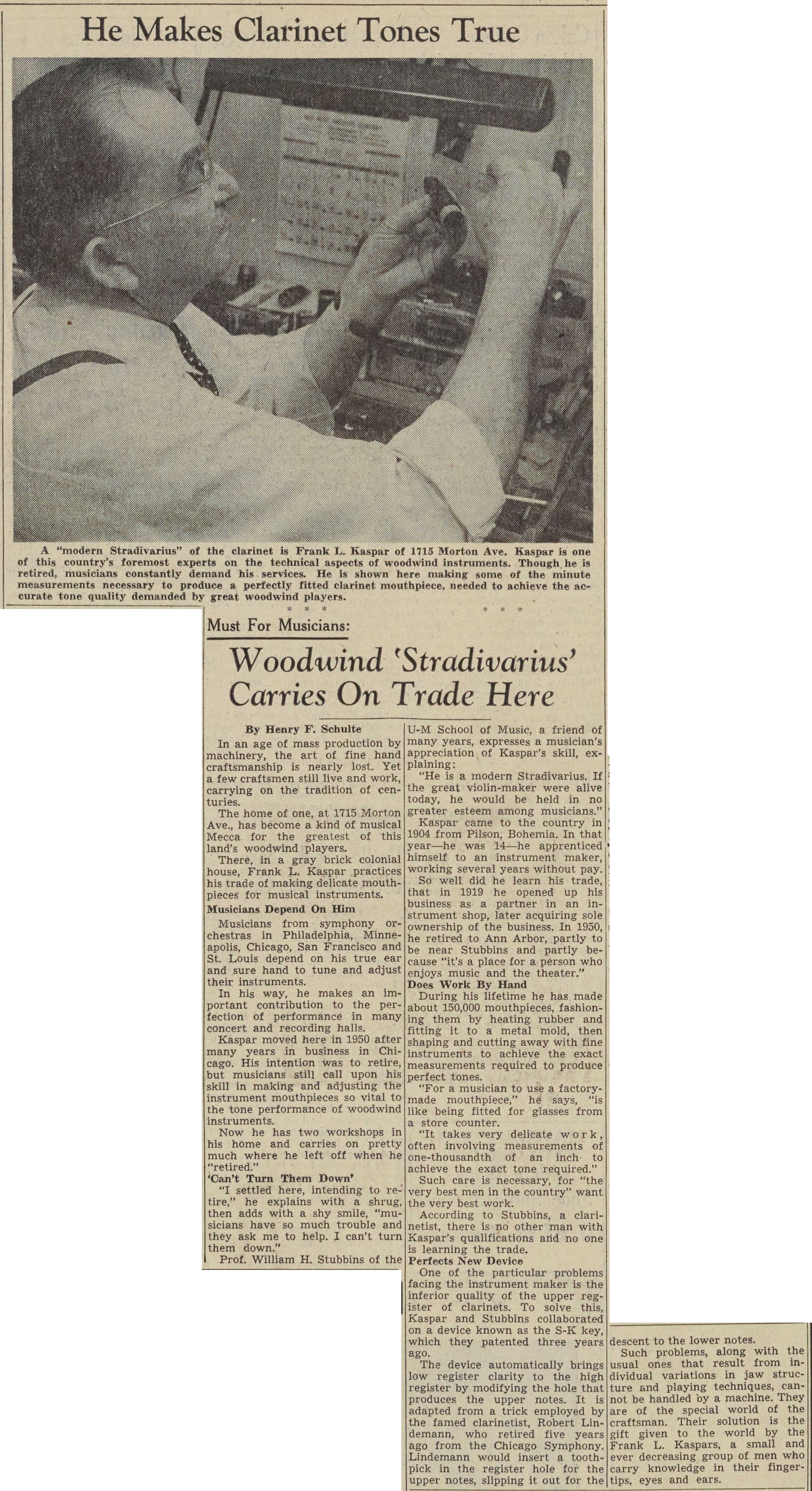
Parent Issue
Day
22
Month
May
Year
1953
Copyright
Copyright Protected
- Read more about Woodwind 'Stradivarius' Carries On Trade Here
- Log in or register to post comments
Inventor Honored: Elijah McCoy's Name Signifies High Quality

Parent Issue
Day
28
Month
June
Year
1994
Copyright
Copyright Protected
Legacies Project Oral History: Larry Millben
Lt. Col. Larry Millben was born in 1936 in Detroit. His parents immigrated from Chatham and Windsor, Canada. Fascinated by airplanes from an early age, he was one of only a few Black students to attend Aero Mechanics High School (now Davis Aerospace Technical High School) in Detroit in the early 1950s. Millben went on to become an aircraft mechanic, a military avionics officer, and base commander of Selfridge Air National Guard Base. Prior to his military career, he also worked in research and development in the private sector. He married his wife Jeannie in 1959, and they have three children.
Larry Millben was interviewed in partnership with the Museum of African American History of Detroit and Y Arts Detroit
Local Men Develop, Sell Colorant Dispenser Unit
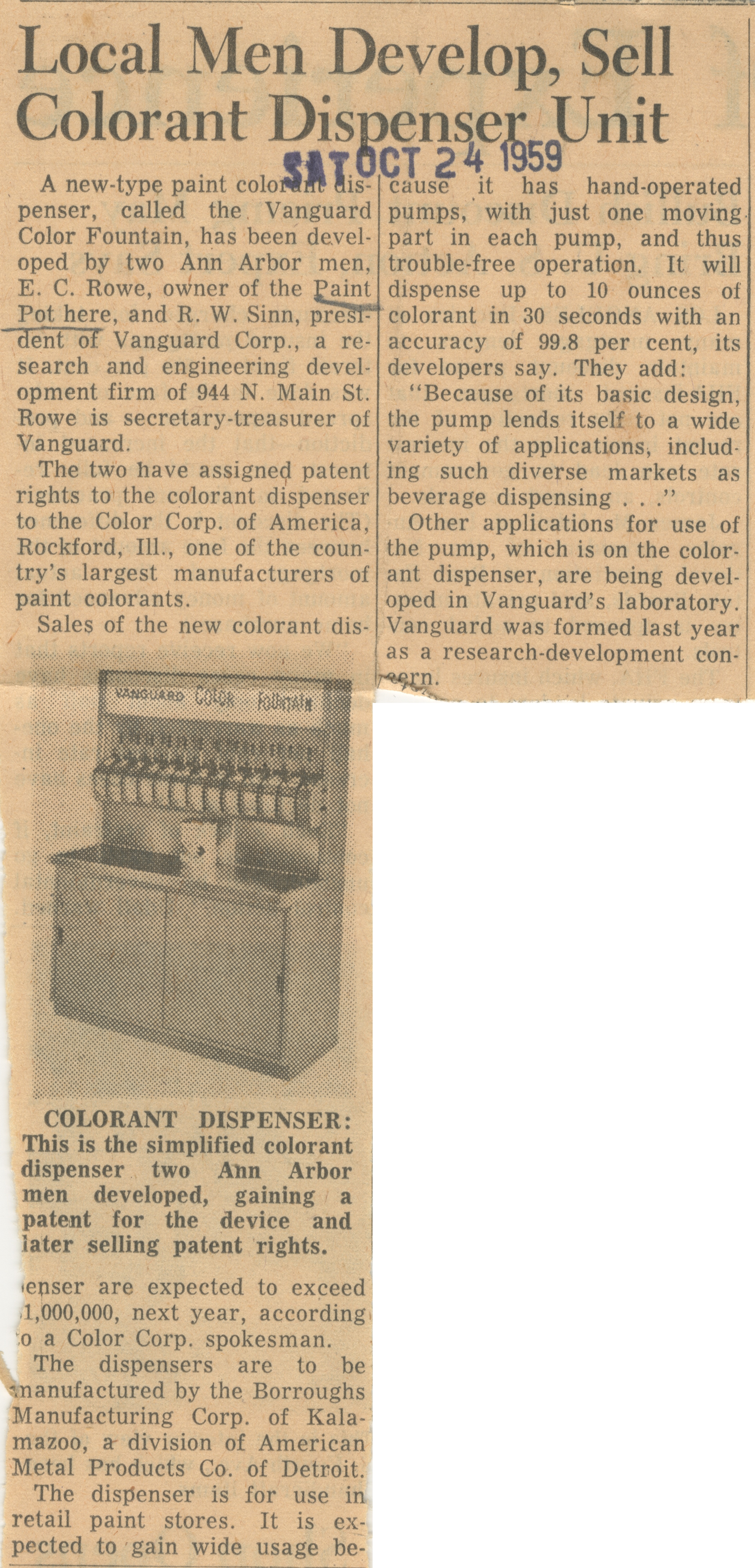
Parent Issue
Day
24
Month
October
Year
1959
Copyright
Copyright Protected
- Read more about Local Men Develop, Sell Colorant Dispenser Unit
- Log in or register to post comments
Spaghetti Fork Patent Received By Fenerli

Parent Issue
Day
30
Month
January
Year
1970
Copyright
Copyright Protected
- Read more about Spaghetti Fork Patent Received By Fenerli
- Log in or register to post comments
Gelman Develops Method To Treat Polluted Water

Parent Issue
Day
15
Month
June
Year
1987
Copyright
Copyright Protected
- Read more about Gelman Develops Method To Treat Polluted Water
- Log in or register to post comments
Local Inventors Seek Patent For Their 'Energy Device'
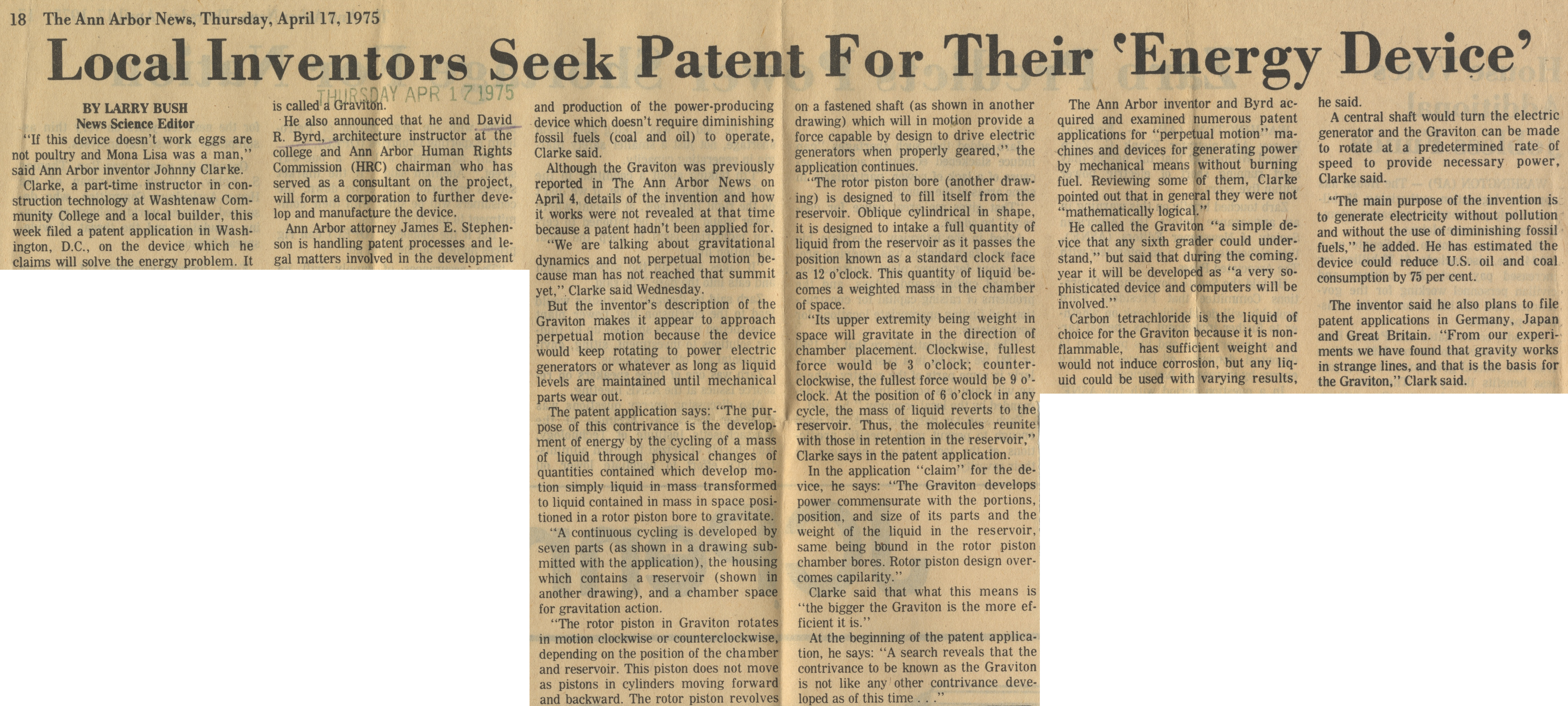
Parent Issue
Day
17
Month
April
Year
1975
Copyright
Copyright Protected
- Read more about Local Inventors Seek Patent For Their 'Energy Device'
- Log in or register to post comments
Omnitext, a local manufacturer of video display terminals
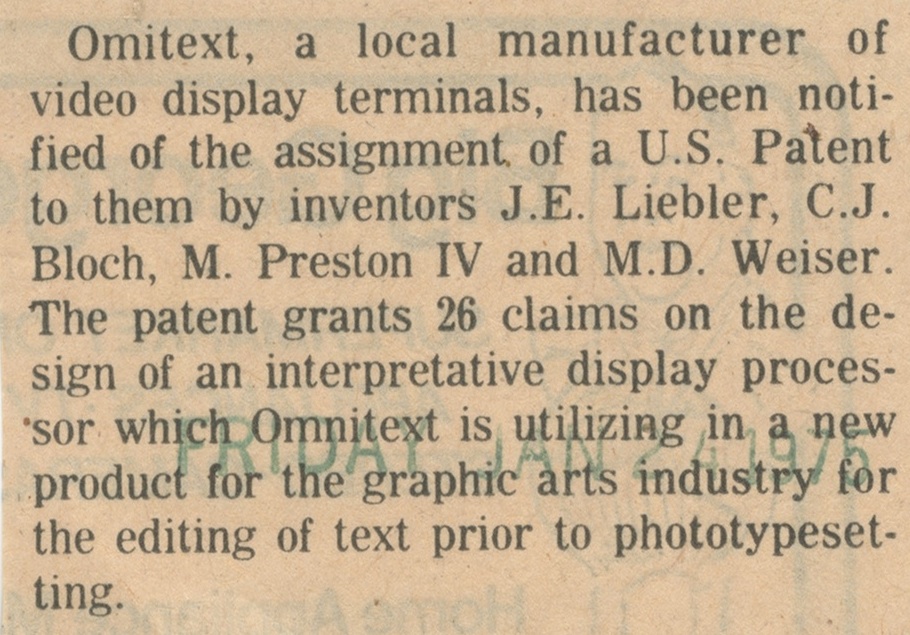
Parent Issue
Day
24
Month
January
Year
1975
Copyright
Copyright Protected
They Stuck With An Idea
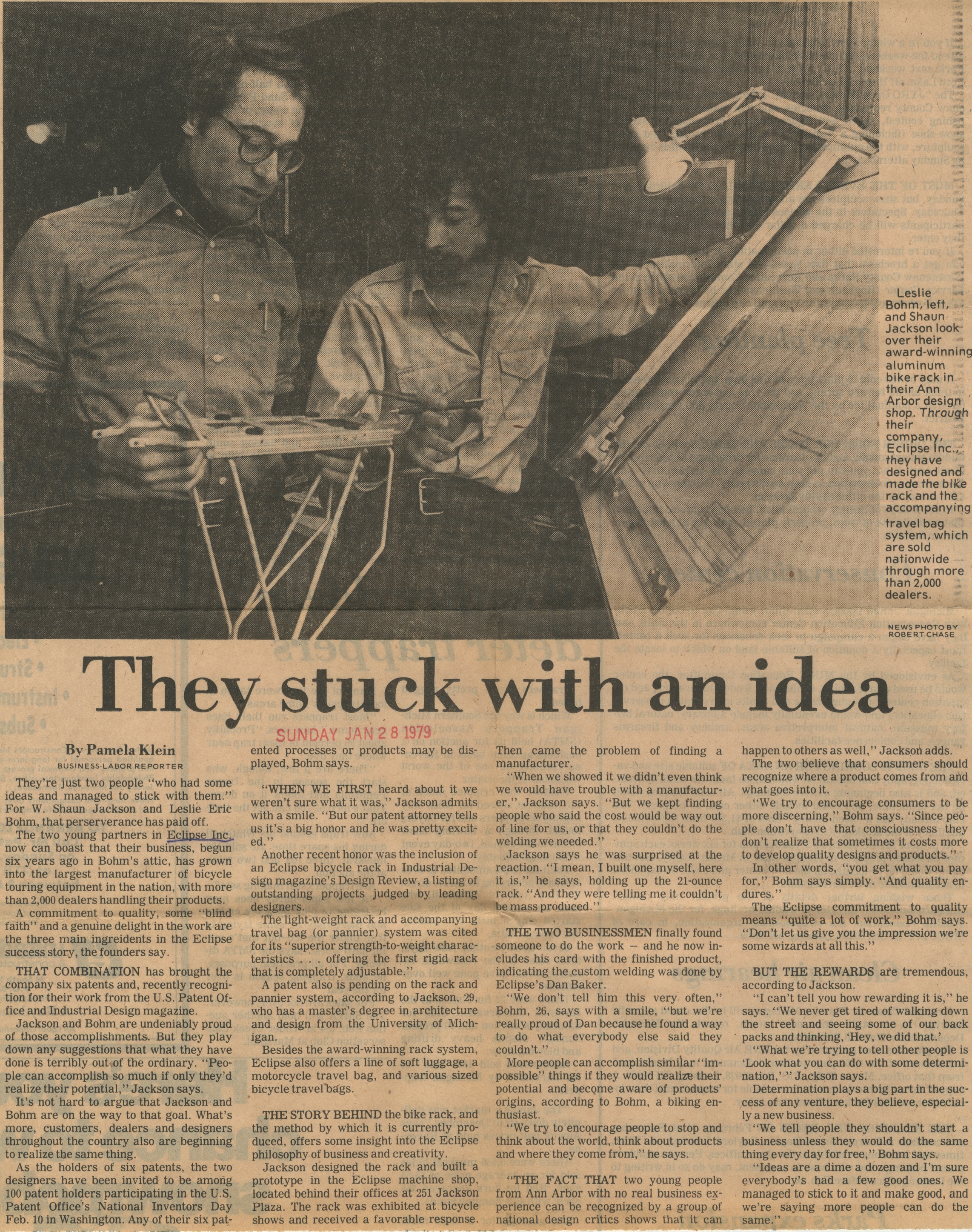
Parent Issue
Day
28
Month
January
Year
1979
Copyright
Copyright Protected
- Read more about They Stuck With An Idea
- Log in or register to post comments